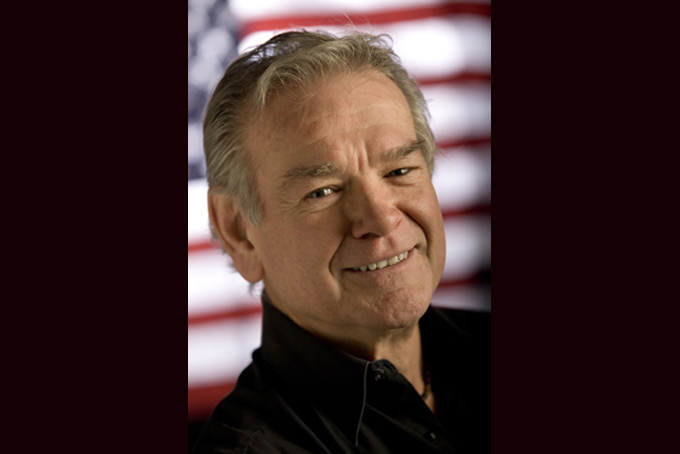
PHILADELPHIA (AP) _ Most views of American history trace the rise of power and politics.
But Temple University professor Ralph Young has long been interested in an opposite force: the history of dissent.
Young came of age as a college and graduate student in the tumultuous 1960s. His latest book is called “Dissent: The History of an American Idea” (New York University Press). In it, Young argues that dissent has shaped the nation’s destiny from the revolt against Britain through the Civil War, the civil rights era and the recent fight for gay marriage and income equality.
“Dissent is a process of erosion _ whittling away at accepted attitudes. Slowly a new reality gets built,” Young, 72, said in an interview Thursday in his spare office, where photographs of Allen Ginsberg, Pete Seeger and other protest leaders dot his walls.
“In our country, dissenters are people who have no power and they’re banging on the doors. But you have to have someone on the inside listening,” he said.
In the civil rights era, he said, that someone was Lyndon Johnson, lending the power of the federal government to the cause and signing the Voting Rights Act into law in 1965. But as the book notes, that didn’t stop dissent from bubbling up within the movement in the years that followed, as Malcolm X challenged the nonviolent tactics of Martin Luther King Jr.
The Obama presidency and Hillary Clinton’s campaign are clear outgrowths of nearly a century of activism on behalf of Blacks and women. It surprises Young that Black men raced ahead of women in the fight for both voting rights and the Oval Office.
“As significant as race is in this society, gender issues are just as important,” he said.
Young is known at Temple for organizing weekly “teach-ins” on hot-button topics: programs led since 2000 by Marines returning from Iraq; students describing Muslim life in the U.S.; and experts on urban farming, gun violence or global warming.
If he sees fewer protests outside his window in north Philadelphia than he might, it’s perhaps because the chanting has moved online.
Social media, he writes, helped mobilize the Tea Party, Occupy Wall Street and Arab Spring movements. But he fears the downside is the risk of “slacktivism”: the feeling you’ve done your part by clicking a “like” button.
“Still … it is clear that social media is one of the most powerful tools to fan the fires of dissent,” he writes in concluding the 522-page book.
Young sees more turbulence for America ahead as Whites lose their hold on majority status and the 99 percent demand more of the nation’s wealth. Those voices of dissent, he believes, yield progress.
“We were born out of dissent, and it was put in the Constitution,” he said. “Americans haven’t shut up since.”